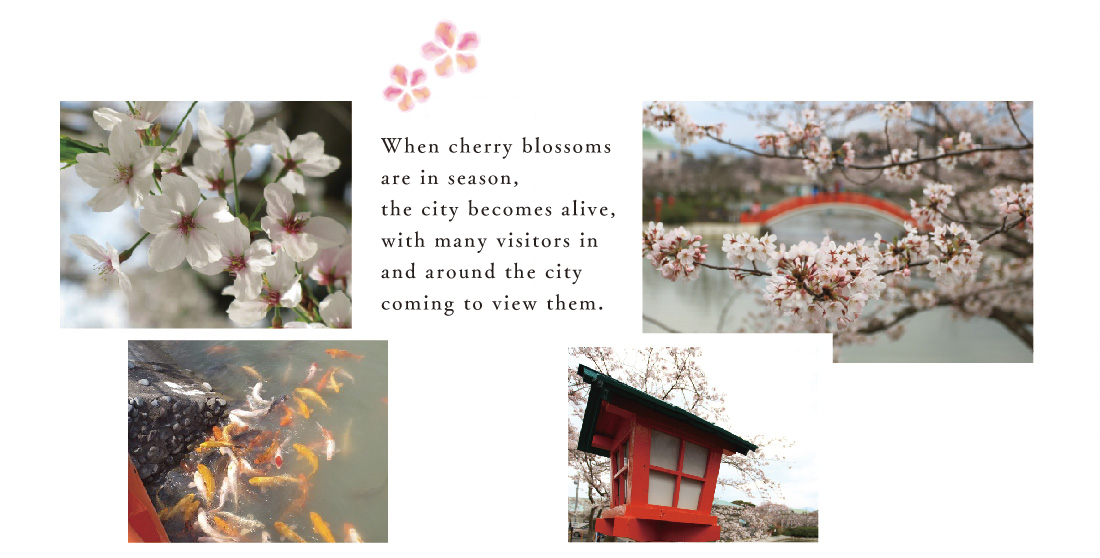



Habu Rakan Hyakketsu TombThis is a group of horizontal caves centered on Mt. Rakan located inside the park, created as tombs during the latter part of the Kofun period (about 1,400 years ago). A large number of burial accessories have been found in the tombs, which are now on display at the Museum of History and Folklore. The interior of the tombs resembles residences of that era. It is believed that the construction took 200 years to complete. The ruins were designated an Important Cultural Property by Fukuoka Prefecture in 1957. |
 |

|

Yane-no-Nai Roofless MusuemThis is a lush green park built in 1989 which utilized the ruins of the former Katsuki Railroad Line, becoming “Nakama City’s new famous sightseeing spot.” This is actually a unique open-air museum with rows of stone statues, measuring 7 meters wide and about 400 meters in the total length. The long and narrow site is divided into four sections, including the “Creation of Space for Tranquility” and “Returning to Antiquity.” It features over 30 replicas of the moai stone monoliths of Easter Island, sphinxes, and other famous stone replicas from around the world. The abundantly green space creates the feeling for visitors that they are viewing actual ancient ruins. It is, of course, free to enter and is open all year round. |
 |

|

This is a railroad built by the Chikuho Industrial Railroad Company in 1891 to transport Chikuho coal more efficiently, and it created the opportunity for the first steam locomotive to travel through Nakama City. These brick bridge piers were built at the time of the opening of the railroad. 
|
 |

|

|

|

It is affectionately regarded by people as a place for relaxation and
|
||